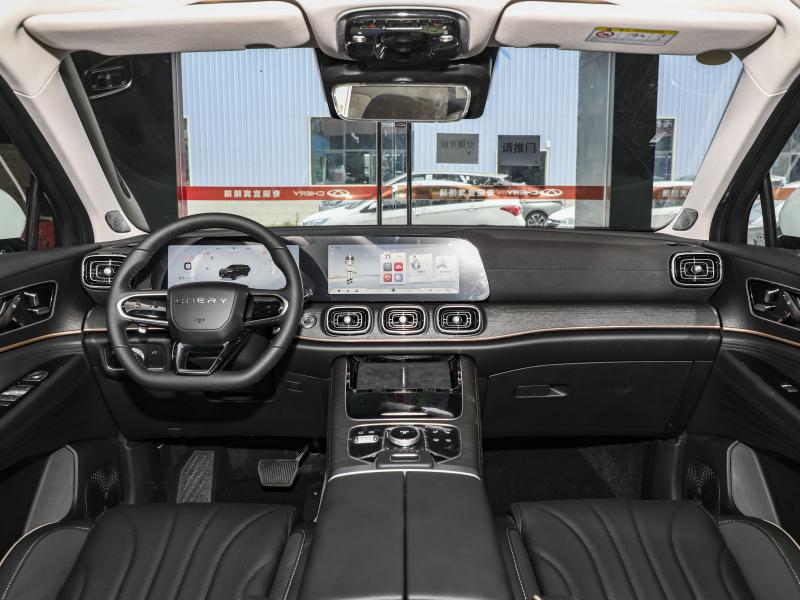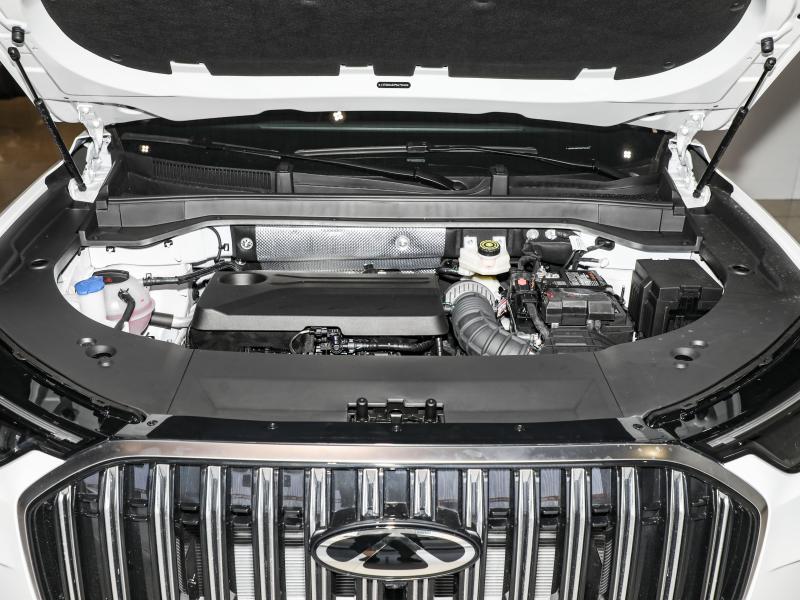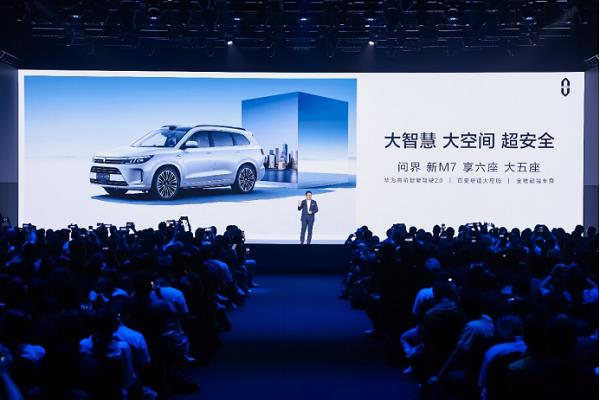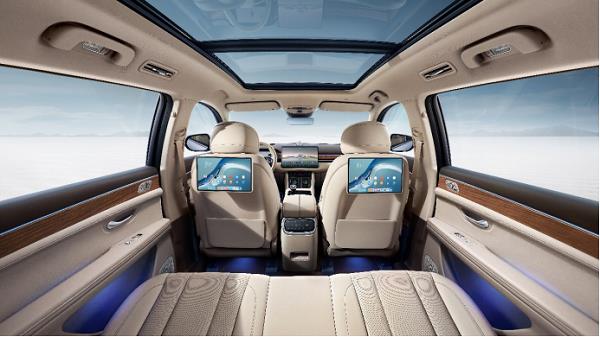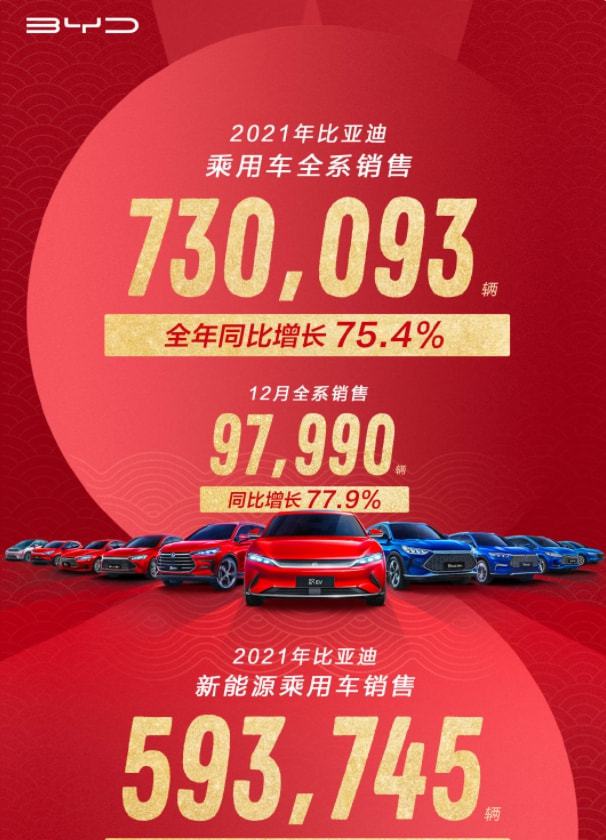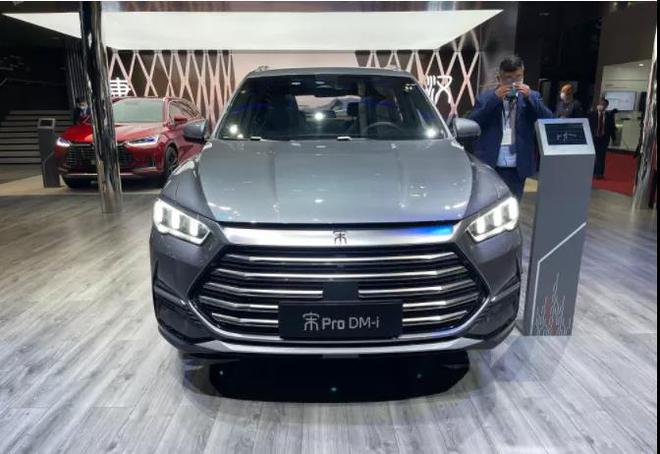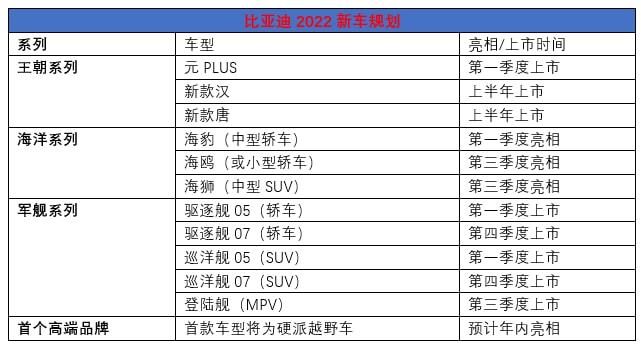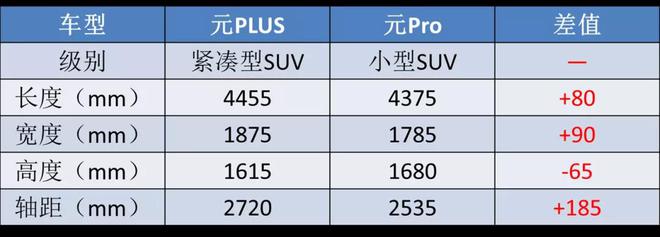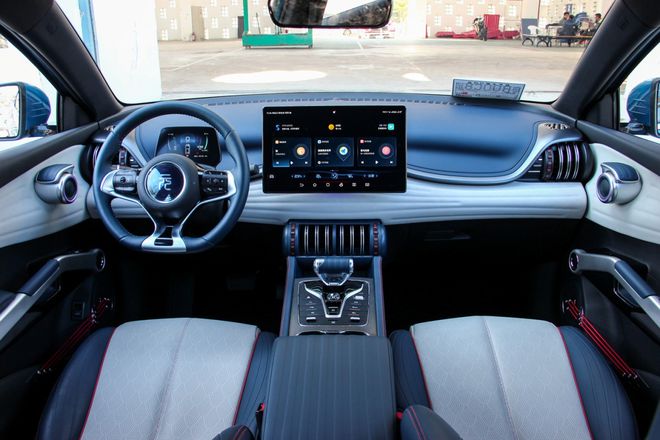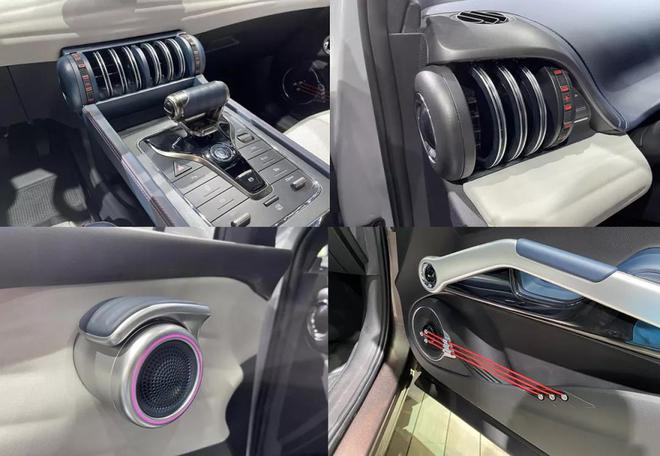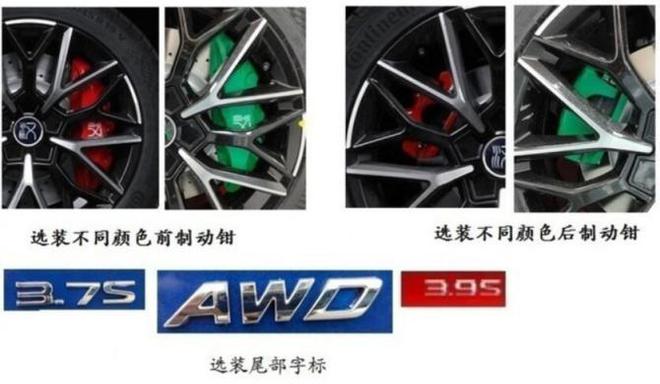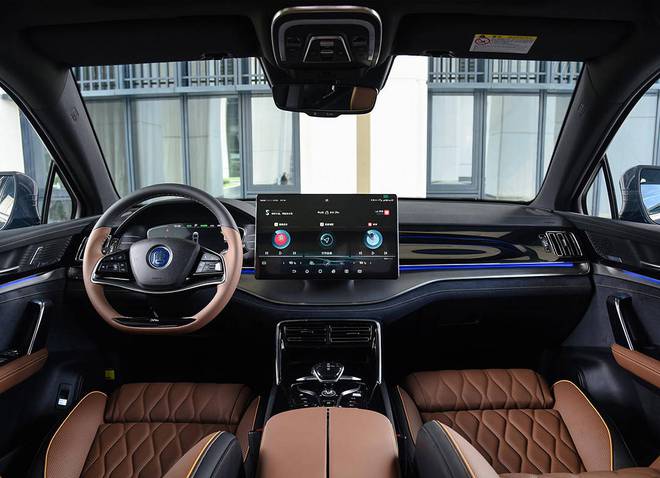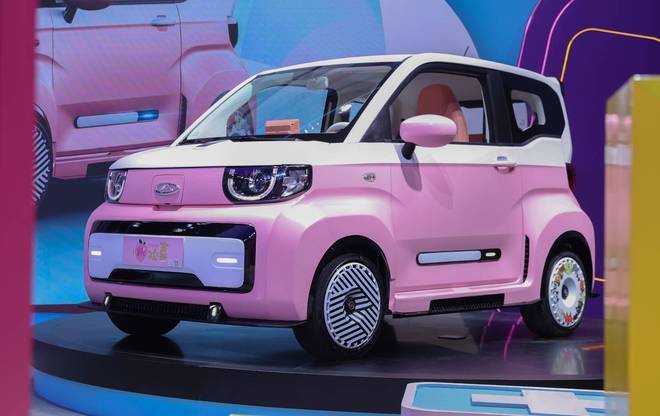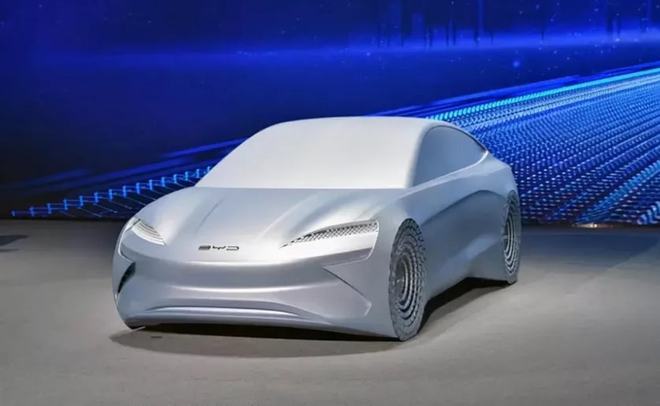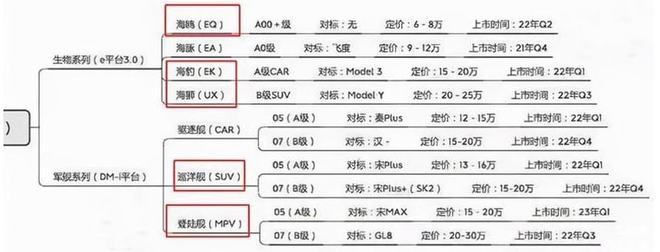Since 2009, China has surpassed the United States to become the world’s largest automobile producer and consumer market. In the following ten years, China’s automobile market has undergone earth-shaking changes, from the initial "market for technology" to "overtaking by changing lanes" under the wave of electrification. Of course, "lane-changing overtaking" can’t just be said by mouth, but it should be realized through the core technology of completely independent new energy vehicles. At the same time, it is necessary to be able to independently produce world-class high-quality new energy vehicles in order to realize the real "lane-changing overtaking".
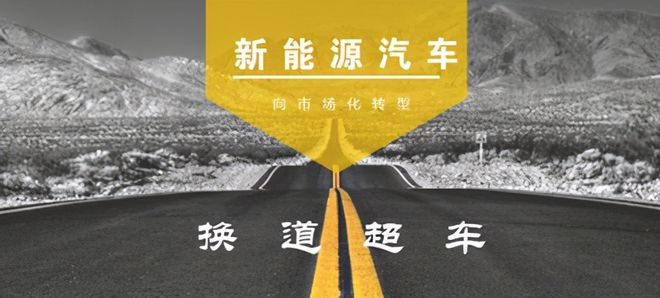
Looking at the current independent brands, it is obviously BYD, the new energy leader, who is most likely to achieve "overtaking in different lanes". Especially since its flagship model "Han" came out, its sales volume has exceeded 10,000 for several months in a row, and it has become the benchmark product of China brand medium and large cars. In the fierce competition market, why BYD Han can achieve excellent results, the super-high product quality is definitely the core factor. In March, 2021, BYD held the activity of "Tempering-BYD’s Quality Journey", which made us really see BYD’s quality standards and intentions.

Safety is the core, and BYD Han was tempered like this.
There is a popular saying in the automobile circle: making cars that are not aimed at safety is hooliganism. BYD has always spared no effort in terms of safety. As the flagship model of BYD, Han has become an "industry leader" in the safety field.

It is understood that in the process of vehicle development, BYD has carried out a large number of simulation designs for safety, and simulated the passive safety of the whole vehicle, system, subsystem and parts in the event of collision through mathematical models. In order to reach the safety level defined in the planning, Han adopted a high-safety car body, in which 43 pieces of military-grade thermoformed steel were used, and BYD Han used 97kg of thermoformed steel in body-in-white, which not only ranked first among China brand mass-produced cars, but also nearly twice as much as the second one, creating "invisible" protection and safer driving experience for consumers.
the Han Dynasty/the Han nationality/Chinese (language)/man

There is a saying that what you get from the paper is shallow. For car safety, nothing is more convincing than a crash test. The vehicle collision laboratory built by BYD with huge investment can not only carry out basic frontal, offset and side collision tests, but also carry out frontal 40% overlapping deformable rigid barrier collision, frontal 25% overlapping rigid barrier collision, rear-end collision, tumbling and column collision, and even real collision between two vehicles at high speed. It is one of the most advanced vehicle safety collision laboratories in the world.

The outstanding collision laboratory, to a great extent, represents BYD’s extra care in safety. In addition to the common crash tests such as frontal, side and rear-end collision before listing, Han also conducted more stringent and complicated safety tests for the complexity of road traffic and the characteristics of new energy vehicles, such as frontal collision with a top speed of 120km/h and ultra-difficult small offset collision, so as to ensure the safety of users in extreme traffic accidents to the maximum extent.

Of course, for new energy vehicles, in addition to the safety of vehicles, battery safety is the focus of everyone’s attention. For this reason, BYD has launched a blade battery. In this activity, the acupuncture test was displayed on the spot. Compared with the ternary lithium battery, it exploded and caught fire instantly after puncture, and the blade battery completed the puncture test steadily, which showed us BYD’s strength in leading the global power battery safety to a new height.

Besides safety, BYD Han’s high quality is reflected in its high reliability and long life. When we walked into BYD Parts Testing Center, there were a series of test stands, such as steering system laboratory, suspension system durability test platform, vehicle four-column test bench and environmental warehouse, MAST multi-axis simulation vibration test bench, 24-channel road simulation test bench, etc. The repeated tests made BYD Han more reliable. Not only that, BYD Han has to complete the "three highs" test in a harsh and extreme environment, and run on real roads in Heilongjiang, Tibet, Hainan Island and other places in the country through the team’s self-driving mode, which makes BYD dare to target the life of the whole vehicle at 600,000 kilometers, which is twice as much as that of the same class.
The sales volume is only the beginning, and BYD Han leads the brand upward.
As mentioned above, BYD Han has sold more than 10,000 cars for several months in a row, and in terms of sales volume, it is second only to the "Three Musketeers" (Audi A6L (parameter picture), Mercedes-Benz E-Class, BMW 5 Series) models with a monthly sales volume of 10,000, which is far away from other competitors. As the only new energy vehicle with a monthly sales of over 10,000 yuan in the current medium and large car market, Han can be said to have achieved a milestone breakthrough, marking the official entry of China brand into the same class car head camp.

Byd Han, as a heavyweight model of BYD for ten years, has a more important significance besides sales volume, which is to lead the brand upward and lead its own brand to hit the high-end market. When it comes to the upward trend of China’s automobile brand, behind it is the upward trend of technology. As BYD’s flagship model, Han has 12 best in the world and 9 best in China, setting a benchmark for the safety, performance and luxury of new energy vehicles. It can be said that with strong technical strength, Han has subverted consumers’ cognition of the mid-to-high-end car market, and made a solid step on the road to the breakthrough of China brand cars.

When major car companies are still simply pursuing single indicators such as battery life, BYD Han, which integrates the world’s leading hard-core technology, has set a new benchmark for the new energy industry. Byd Han’s strong product strength in performance, safety, luxury, design and other aspects has established the identity of the flagship model and made people see the powerful strength of the current China automobile brand.

In addition, the appearance of BYD Han not only created a new standard of global new energy vehicle technology and quality, but also rewritten the market structure of new energy vehicles and traditional fuel luxury vehicles. As the saying goes: hearing is empty, seeing is believing. Through the activity of "Quality Journey of BYD", we can see BYD’s focus on quality, and it is this focus that enables it to always lead the new energy market. Nowadays, with the arrival of the stock era, super-high quality is the first factor to impress consumers, which also gives us reason to believe that BYD will create more brilliant achievements in the future.


